DESIBUZZCanada
Events Listings
Dummy Post
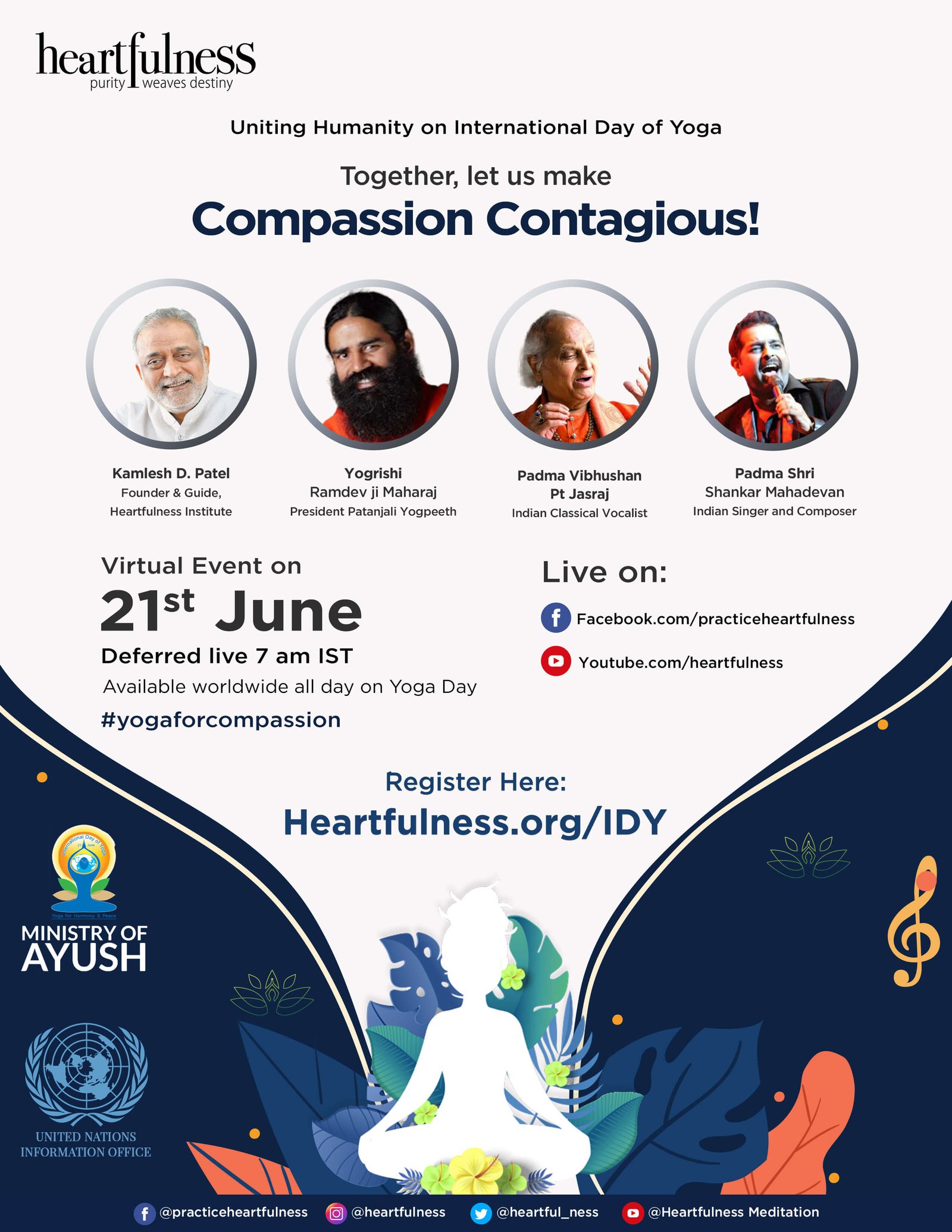
International Day Of Yoga To Be Virtually Celebrated Saturday At 4pm
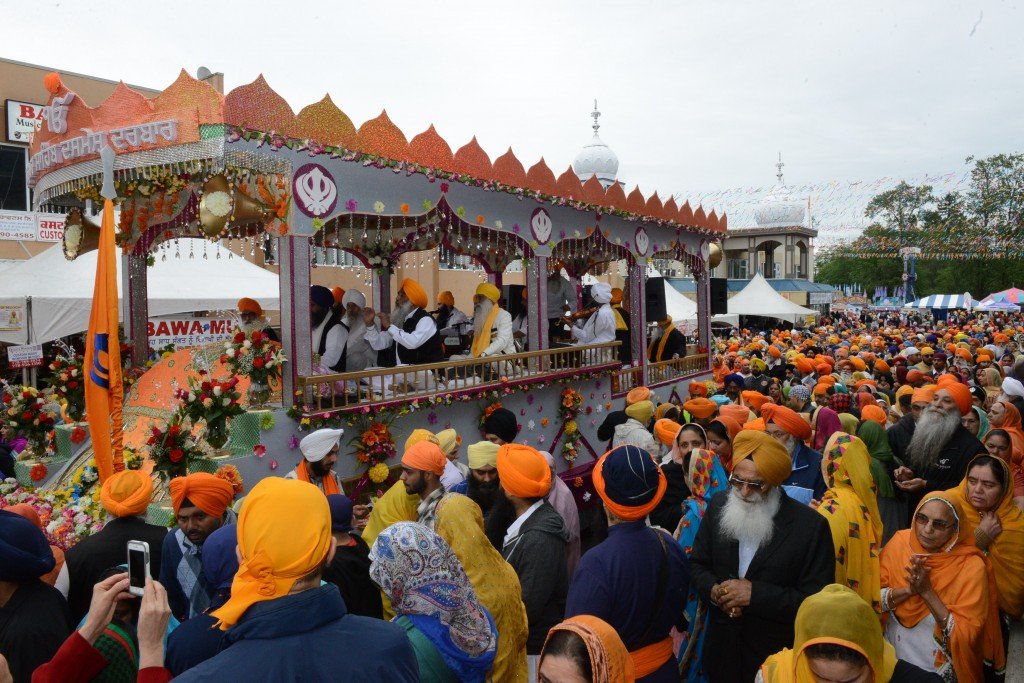
CANCELLED: Coronavirus Fears Kills Surrey’s Vaisakhi Day Parade

ADVERTISE WITH US: DESIBUZZCanada Is The Most Read South Asian Publication Online

SURREY LIBRARIES: Get Technology Help At Surrey Libraries
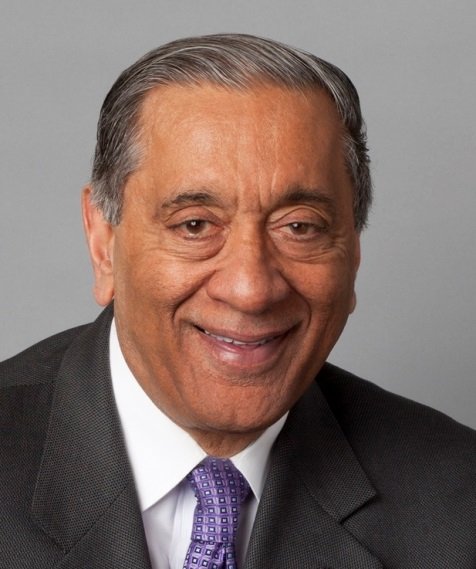
WALLY OPPAL: Surrey Police Transition Update On Feb. 26

GONE ARE THE DAYS - Feature Documentary Trailer

Technology Help At Surrey Libraries

Birding Walks

Plea Poetry/short Story : Youth Contest
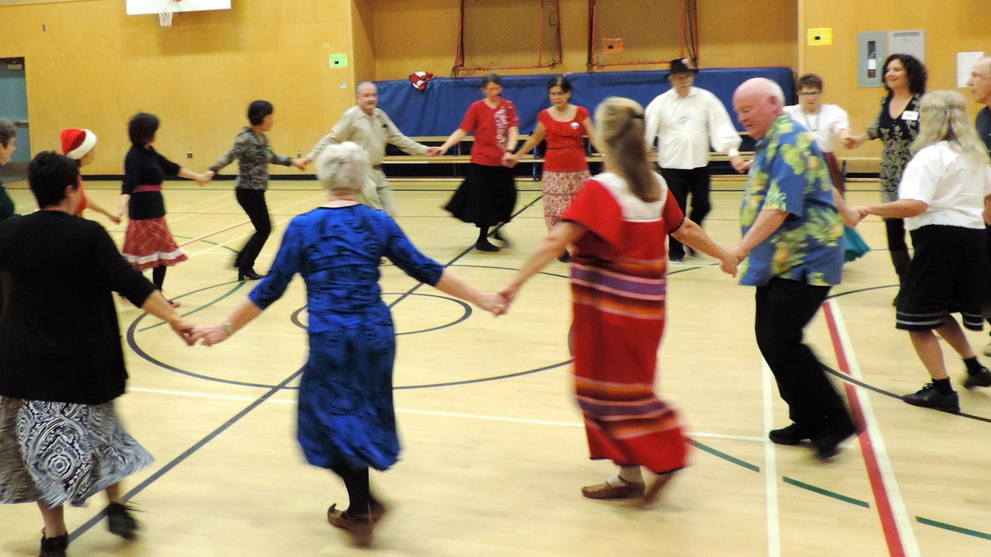
International Folk Dancing Drop-in Sessions
CELEBRATING WOMEN: International Women’s Day Is Important As It Recognizes Human Beings
- March 11, 2024
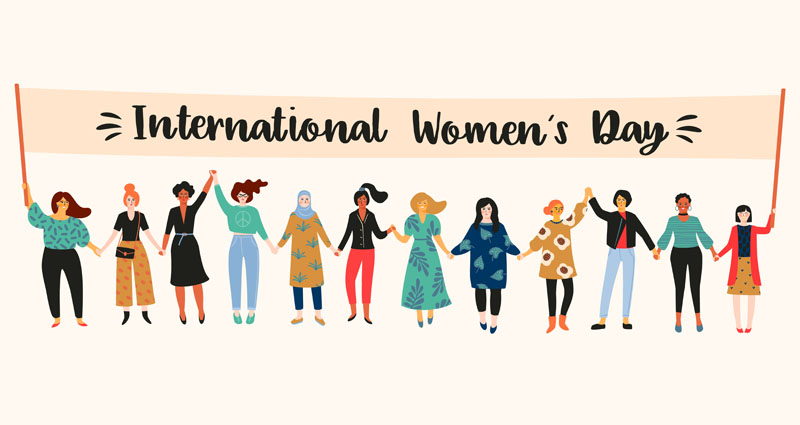
By Zile Singh
“Whether women are better than men I cannot say – But I can say they are certainly no worse.” Golda Meir, former Israeli Prime Minister.
March 8, every year, is celebrated as International Women’s Day worldwide. There are certain groups of human beings which either by nature or because of deep-rooted customs are weak and vulnerable, such as children, women, disabled persons, aged persons, migrant workers and persons belonging to a particular race or caste. The advancement of such groups has been the focus of social reformers individually and by national and international organizations collectively. The United Nations has played a vital role since its inception in improving the conditions of women. As early as in 1946, a Commission on the Status of Women was established to deal with women’s issues. In 1948, the Universal Declaration of Human Rights had affirmed that all human beings are born free and equal in dignity and rights and there will not be any discrimination on the basis of, among others, gender. However, considerable discrimination still exists against women primarily because women and girls face a multitude of constraints imposed by society, not by law. To ameliorate the conditions further the UN General Assembly adopted a Convention on the Elimination of All Forms of Discrimination against Women in 1979. The Convention came into force in 1981. The Convention lays down a number of fields where all State Parties to the Convention are required to take steps to eliminate discrimination against women which includes education, employment, health care, economic and social life, women in rural areas, equality before law and marriages and family relations. Under the United Nations Sustainable Development Goals 2015-2030, Gender Equality is one of the 17 Goals earmarked. The International Women’s Decade was observed by the UN (1976-1985). During the Decade three Conferences were held: Mexico City (1975); Copenhagen (1980) and Nairobi (1985). The Fourth World Conference on Women held in Beijing in 1995 has greatly enhanced international awareness of the concerns of women and provided the groundwork for invaluable links between the national women’s movements and the international community.
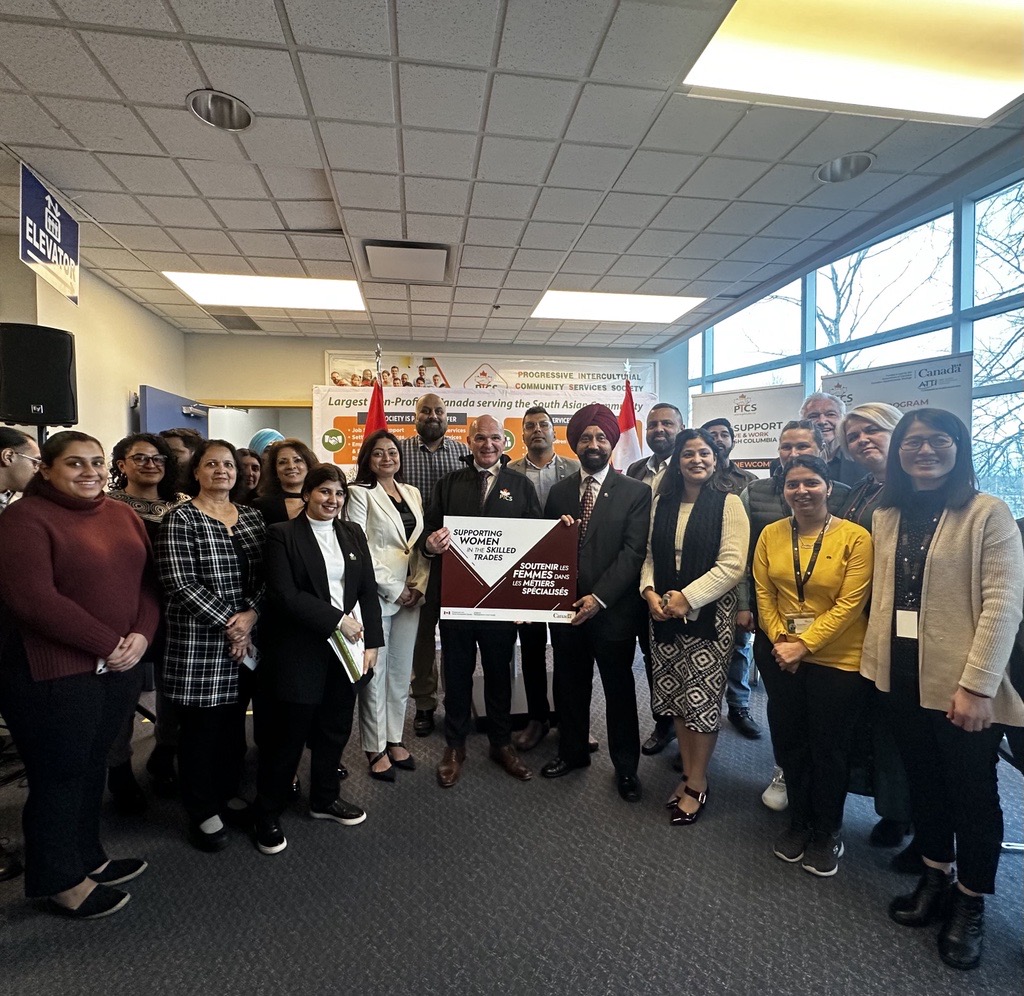
In Canada, the first wave of feminism came in the late 19th and the early 20th centuries. It focused on increasing women’s role in public life, with goals including women’s suffrage, increased property rights, access to education and recognition as “persons'' under the law. In British Columbia, the women got the Suffrage and Ability to Hold Office rights in April 1917. The first woman elected to the House of Commons was Progressive Party candidate Agnes MacPhail in 1921. The second wave came during the Depression and the Second World War when women were included in the workforce, especially in the Red Cross. The Canadian Constitution, Human Rights Act and the Canadian Charter of Rights and Freedoms have given equal rights to all Canadians irrespective of their gender. In addition to the status of equality, there are laws in place which take care of sexual harassment and violence against women. In its latest efforts, the Canadian national anthem was made gender-neutral by changing “thy sons'' to “of us” in February 2018.
The majority of my readers are of Indo-Canadian diaspora. The history of the status of women in India has been topsy-turvy. At certain times, it was good, but most of the time it was deplorable. The Manu Smriti, known as Manav Dharma Shastra, contains at least 40 “celebrated” derogatory comments about women. One such comment is “Women who disobey orders of her lethargic, alcoholic and diseased husband shall be deserted and be deprived of her ornaments.” Tulsi Das, poet-saint, advocated that “low-caste, drum, beast and woman deserve beating”. Almost 700-year Mogul rule in India heightened the atrocities on women. Raja Ram Mohan Roy, the Arya Samaj and the Sikh religion did commendable work to give due recognition to women. Still more needs to be done.

The post-Independence legislation gave a lot of opportunities. Today, Indian women are standing shoulder to shoulder with their counterparts. They have proved their worth in every field of activity, whether it be the legislature, executive or the judiciary. Unfortunately, a certain section of women is still earning their livelihood by working in hazardous vocations like coal mines, construction sites and scavenging. Dr. Ambedkar had to resign as the first Law Minister after Independence when his noble ‘Hindu Code Bill” mainly a Women’s Rights Bill was opposed by the orthodox Members of Parliament. Dr. Ambedkar said, “I measure the progress of a community by the degree of progress which women have achieved.” Despite appropriate laws, the crime against women is on the rise.The incidents of molestation, rape and murders are frequent. Finally, “Women’s intuition is often truer than men’s reasoning.”
At the end of the day.
There is a Women’s Day.
Let us recognize her as human.
If not, is there any good reason?
With virtue or vice, man dominated.
Always, she has been discriminated.
To her, man’s conduct remained odd.
Was there a spouse or mother of God?
-zilesingh
Zile Singh is a columnist, author, poet, human rights activist, golfer and a vipassana meditator. He can be contacted at zsnirwal@yahoo.ca












